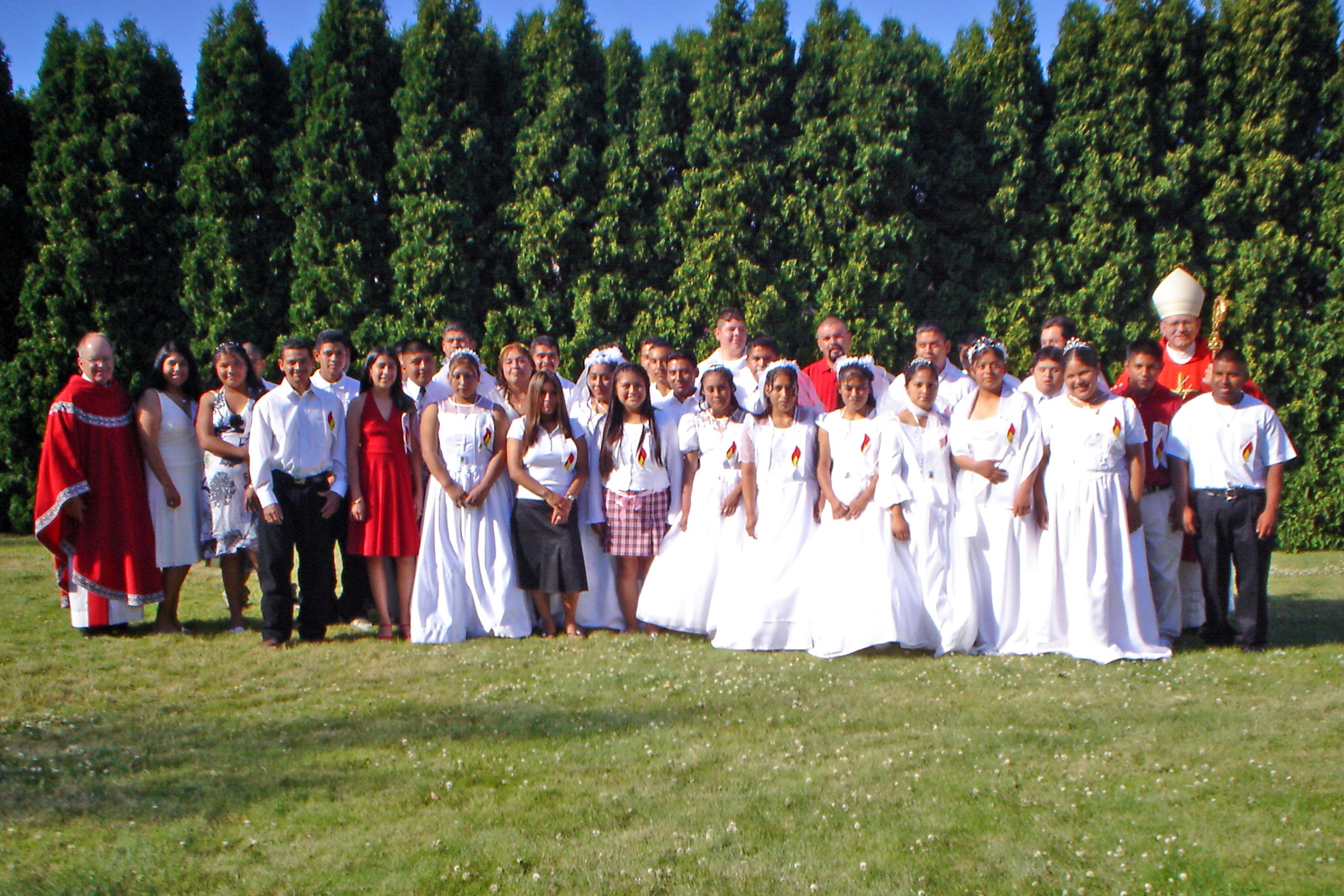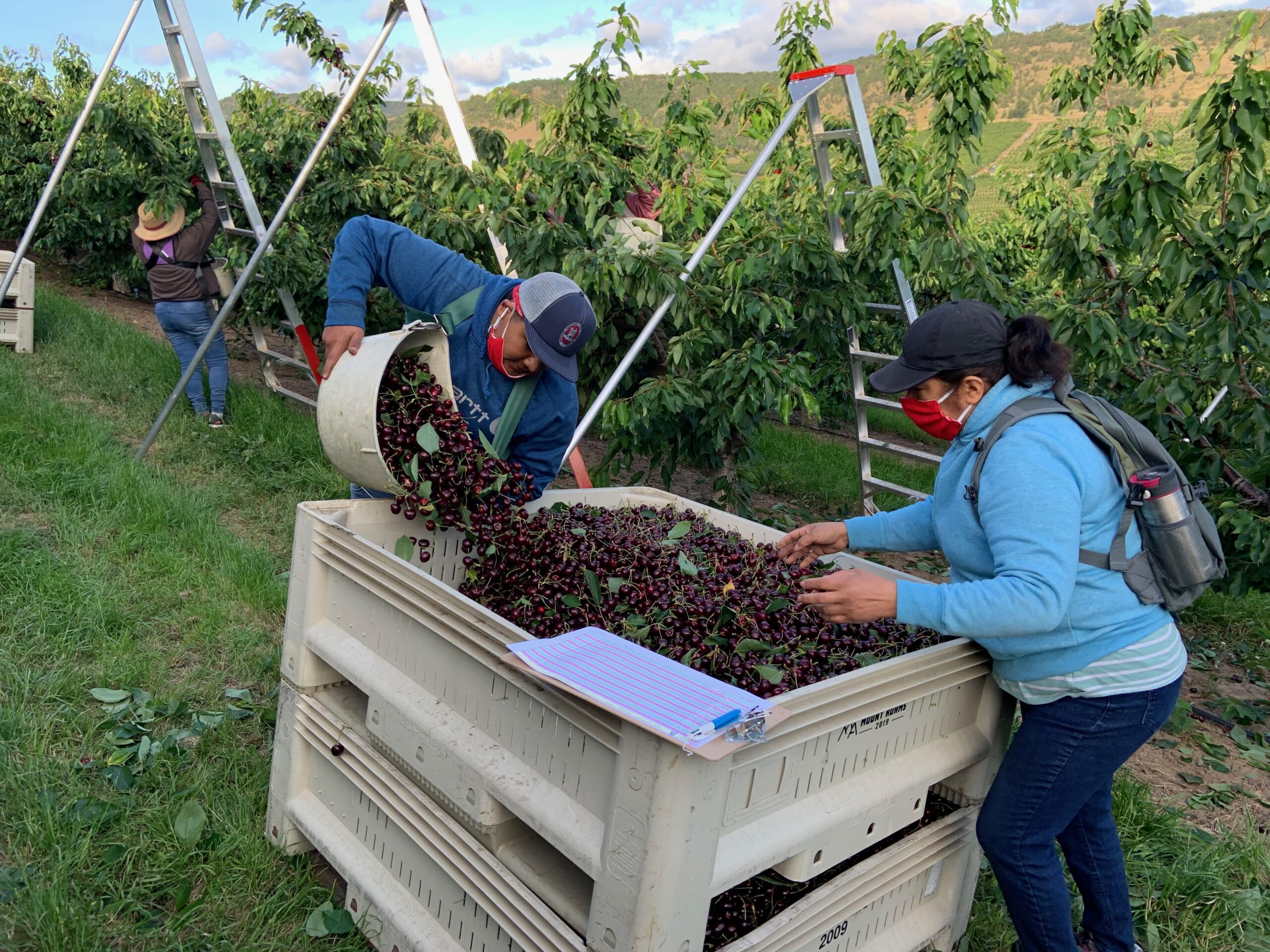St. John Neumann, C.SS.R. – San Juan Neumann
San Juan Neumann, el inmigrante
El 5 de enero, celebramos la fiesta de San Juan Neumann, C.SS.R., el primer santo americano. De joven, fue un buen estudiante interesado en varios careras. A los 20 años, consideró ingresar en derecho, teología o medicina. Se inclinaba por la medicina, apoyado por su padre, pero su madre lo alentó a estar abierto al ministerio en la Iglesia. Estaba dotado para estudiar idiomas. Oyó de la necesidad de tener sacerdotes que hablan alemán en América. Hablaba con fluidez alemán, bohemio, italiano, español, latín y griego. Estudió inglés y francés antes de terminar sus estudios de teología.
Puede aparecer extraño hoy, pero su diócesis impuso una moratoria a las ordenaciones porque tenían demasiados sacerdotes. Solicitó a varios obispos en América, pero al no recibir una solicitud formal, emigró a América sin la incertidumbre de cuándo y dónde podría encontrar un obispo que lo acepta. Era un joven inmigrante que llegaba con energía, esperanza e incertidumbre. Enfrentó dificultades y la separación de su familia. El era un inmigrante.
Llegó a Nueva York el 2 de junio de 1836. Tenía 25 años. Al día siguiente, conoció al obispo John DuBois. El obispo le envió una carta de aceptación como misionero, pero pudo haber cruzado el océano mientras Neumann ya estaba de camino a América. El obispo DuBois dijo: “Puedo y debo ordenarte rápidamente. Te necesito”. Fue enviado a una parroquia para trabajar con jóvenes y niños de habla alemana. Fue ordenado tres semanas después.
En las tres semanas entre su llegada y su ordenación, preparó a los niños que reunió en ese corto tiempo para la preparación de su Primera Comunión. Recibieron su Primera Eucaristía el día después de su ordenación en su Primera Misa. Durante los siguientes cuatro años, sirvió como misionero en comunidades agrícolas cerca de Buffalo, NY. Escribió en su diario: “Sólo un sacerdote pobre, uno que puede soportar las dificultades, puede trabajar aquí. Sus deberes lo llaman lejos y cerca … lleva una vida errante. No hay placer, excepto el cuidado de las almas … la población católica aumenta continuamente … muchos están en la pobreza extrema. Viven en chabolas miserables, algunas sin siquiera una ventana “.
Mientras estaba en el estado de Nueva York, conoció a redentoristas que trabajaban con inmigrantes alemanes en Estados Unidos. Debido a la soledad que sentía en su ministerio, observó la vida comunitaria de los misioneros redentoristas y después de cuatro años como sacerdote, solicitó la admisión a la Congregación Redentorista.
(Mañana: San Juan Neumann, el primer Redentorista Americano)
“St. John Neumann, the immigrant”
On Jan. 5, we celebrate the feast of St. John Neumann, C.SS.R., the first American male saint. As a young man, he was good student interested in several fields. At age 20, he considered entering law, theology or medicine. He was inclined to medicine, supported by his father, but his mother encouraged him to be open to ministry in the Church. He was gifted in studying languages. While studying in the seminary, he heard of appeals from bishops in America for German speaking priests to serve the thousands of Germans immigrating to the cities and rural communities of America. His missionary interest was marked by concern for immigrant Catholics to America, and he was gifted in the study of languages. He was fluent German, Bohemian, Italian, Spanish, Latin and Greek. To go to America, he added English and French before finishing theology studies.
It may sound strange today, but his diocese put a moratorium on ordinations as they had too many priests. He applied to several bishops in America, but having not received a formal request, he emigrated to America without the uncertainty of when and where he could undertake missionary service. He was a young immigrant arriving in America with energy, hope and uncertainty. He faced hardship and separation from his family. He was an immigrant.
He arrived in New York on June 2, 1836. He was 25 years old. The next day, he met Bishop John DuBois. The bishop sent an acceptance letter to him as a missionary, but it may have crossed the ocean while Neumann was already on his way to America. Bishop DuBois said, “I can and must ordain you quickly. I need you.” He was sent to a parish to work with German speaking youth and children. He was ordained three weeks later.
In the three weeks between arriving and his ordination, he prepared children that he gathered in that short time for preparation for their First Communion. They received their First Eucharist the day after his ordination at his First Mass. For the next four years, he served as a missionary in farming communities near Buffalo, NY. He wrote in his journal, “Only a poor priest, one who can endure hardship, can labor here. His duties call him far and near… he leads a wandering life. There is no pleasure, except the care of souls… the Catholic population is continually increasing… many are in extreme poverty. They live in miserable shanties, some with not even a window.”
While in New York state, he met Redemptorists working with German immigrants in America. Because of the loneliness that he felt in his ministry, he observed the community life of the Redemptorist missionaries and after four years as a priest, he applied for admission to the Redemptorist Congregation.
(St. John Neumann, the first American Redemptorist)





